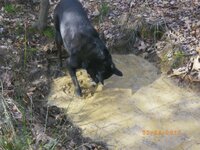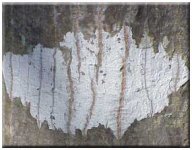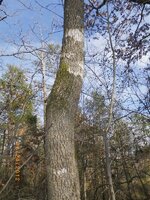cdsieg
Bronze Member
- Mar 31, 2011
- 1,019
- 122
- Detector(s) used
- Minelab X-Terra 705 Gold
- Primary Interest:
- All Treasure Hunting
I must admit I am a bit of a skeptic when it comes to this stuff, but when I was detecting yesterday I came across these markings on trees. I have no idea what they are or if they mean anything.
I am in Piney Woods Area in Texas. The woods are near Lake Cypress, there is a natural spring near the trees and you can see it where Shadow, my dog is already looking for the treasure!
These are just some of the things I found in this area, I am a skeptic so I expect nothing will come of these things, but just by chance, I thought I'd post it.
If the markings in the trees are man made AND old... what did they use that didn't wash off through out the years? Any thoughts or information you have on this would be appreciated.
Thanks, Cindy
I am in Piney Woods Area in Texas. The woods are near Lake Cypress, there is a natural spring near the trees and you can see it where Shadow, my dog is already looking for the treasure!
These are just some of the things I found in this area, I am a skeptic so I expect nothing will come of these things, but just by chance, I thought I'd post it.
If the markings in the trees are man made AND old... what did they use that didn't wash off through out the years? Any thoughts or information you have on this would be appreciated.
Thanks, Cindy









